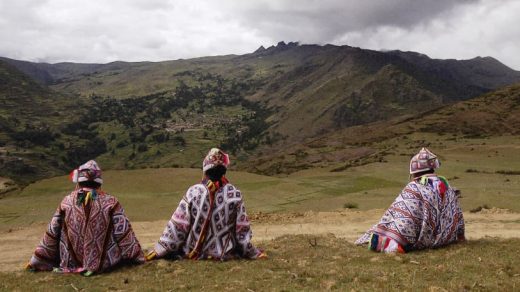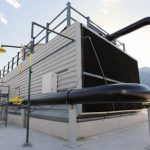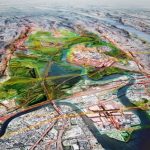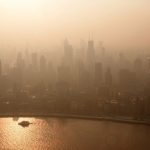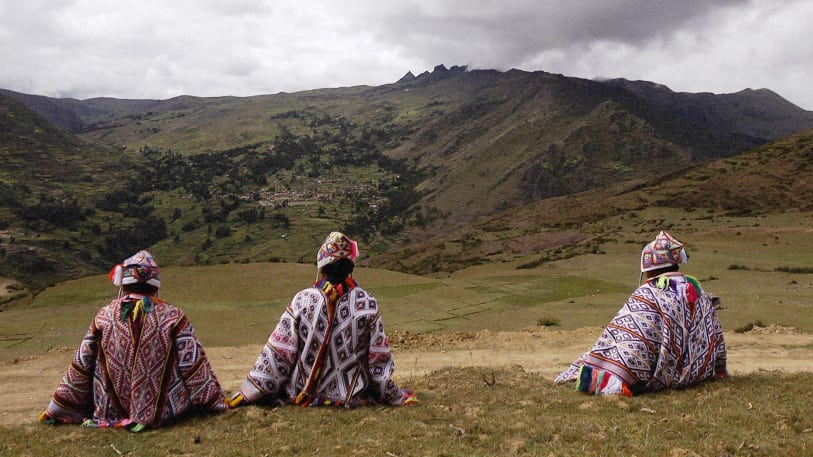This Immersive Exhibition Brings The Threats Of Climate Change To Life
In his short story “Shanghai in 48 Hours, a Weekend Itinerary for International Visitors by Roaming Planets Guides, 2116,” the author Ken Liu looks a century into the future, imagining a Shanghai half submerged in water. His story calmly and matter-of-factly guides potential tourists through the watery city, advising that they arrive by hovercraft ferry, which cruises “at a stately place into the gentle waves over the submerged parts of the city.” From there, visitors “can watch the skeletal remains of the once-mighty skyscrapers of Pudong pass by on both sides”; the above-water ruins, he predicts, are now a nature preserve.
Liu wrote the story as part of the Shanghai Project–a 100-day-long, experimental exhibition hosted at Shanghai’s Himalayas Museum and curated by art historians Yongwoo Lee and Hans Ulrich Obrist as part of an ongoing series of linked installations. This iteration of the project, called Chapter 2, will run through July 30.
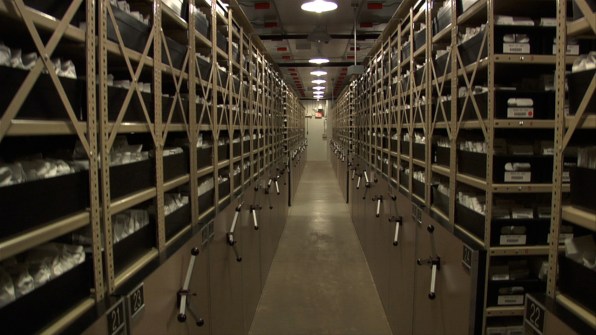
The Shanghai Project styles itself as more than just an art exhibition. It is that, but it uses art to present the research and ideas of scientists, philosophers, architects, filmmakers, and writers, who have pooled their interdisciplinary skills into creating the immersive exhibit. The museum installations, along with public programming like seminars and film screenings, are designed to engage the larger Shanghai community in tackling an overwhelming quandary. In the case of Shanghai Project Chapter 2, called Seeds of Time, that quandary is climate change.
In response to Liu’s story, the artist Qiu Anxiong used animation technology to create “Route of the Future,” an interactive installation imagining the submerged Shanghai from Liu’s work. The immersive experience of the work acts as a sort of brute-force reckoning with the inevitable effects of climate change–like rising sea levels–that we too often shove into some distant, intangible future.
“Art has the ability to emotionally connect with audiences, while also providing an alternative platform for addressing imminent catastrophes,” Lee tells Fast Company. Through the Shanghai Project, Lee and Obrist aim to bring audiences into direct conversation with the future and inspire societal change now. “Although we have strong evidence indicating that human beings are at fault for global warming, our efforts remain passive,” Lee says. “The Shanghai Project is a call to action.”
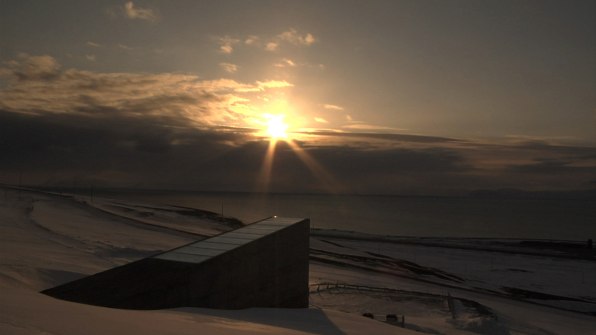
The project convenes a wide array of artists and thought leaders to issue this call. It takes its name from the documentary Seeds of Time, which is included as part of the exhibition and follows American agriculturalist Cary Fowler as he champions the creation of the world’s first global seed vault in Svalbard, Norway. That sort of radical approach to addressing climate change now, the curators say, reflects the way we all should be thinking in preparation for our changing future.
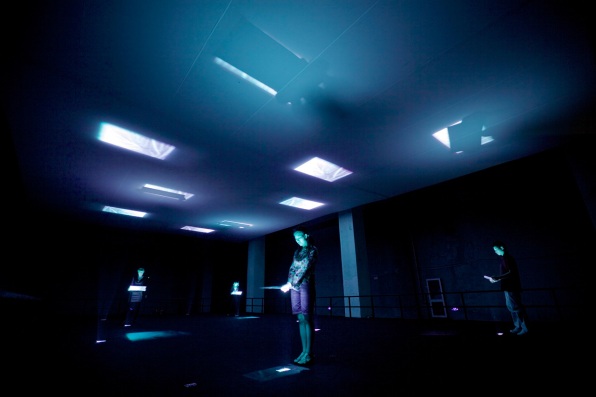
A more conceptual approach to addressing our disappearing resources comes from the Chinese-American artist Maya Lin, perhaps best known for designing the Vietnam Veterans Memorial on the Mall in Washington, D.C. For her work “What Is Missing? The Empty Room,” she invites visitors to walk into a dark room, featuring nothing but brightly lit cutouts on the floor. By holding a screen over the cutouts, people can bring moving images of creatures that are endangered or extinct into focus. Because the screens must be held far away from the cutouts in order for the images to become clear, the work suggests how far we are from understanding the environmental devastation that’s happening now.
Alongside the installations in the museum, the Shanghai Project will host a series of public programs throughout the city. The philosopher and sociologist Bruno Latour will present a series of workshops entitled “Reset Modernity! Shanghai Perspective” in which he leads audiences in discussions on how to reframe our use of technology to promote sustainability, and how urban design and land use can adapt to our changing climate. The artist Daan Roosegaarde will present his innovative solutions to eradicating smog in cities, and Zhang Wei, a researcher at the Shanghai Library, lectures on how artists and writers living 100 years ago imagined our present time to inform how we might think about our environment a century from now.

“The Shanghai Project works with researchers from the fields of art and science to seek humanitarian solutions to imminent environmental disaster,” Lee says. “We must first ask what alternative behaviors can we implement collectively to solicit a conscientious coexistence? And then more pointedly, what can art and culture do to stave off the apocalyptic effects of human neglect? By combatting human materialism, thirst for power, and a desire for urban development we hope to facilitate a social reset.”
While Lee is careful to emphasize that the Shanghai Project, as a citizen-centered venture, is driven by the needs of the Chinese community, he says that the lens of art and conceptual thinking can and should inform the way communities across the globe approach climate change. Citing the poet Ezra Pound, who once defined artists as the antennae of the human race, Lee says that the observations of artists on daunting topics like climate change act “as a sort of early alarm system” to which we all need to pay more attention.
Since the scientific evidence isn’t moving enough people to action, perhaps a more conceptual perspective on human-caused environmental degradation–as illustrated through an exhibit at a museum in Shanghai–could do the trick.
In his short story “Shanghai in 48 Hours, a Weekend Itinerary for International Visitors by Roaming Planets Guides, 2116,” the author Ken Liu looks a century into the future, imagining a Shanghai half submerged in water. His story calmly and matter-of-factly guides potential tourists through the watery city, advising that they arrive by hovercraft ferry, which cruises “at a stately place into the gentle waves over the submerged parts of the city.” From there, visitors “can watch the skeletal remains of the once-mighty skyscrapers of Pudong pass by on both sides”; the above-water ruins, he predicts, are now a nature preserve.
Fast Company , Read Full Story
(28)

